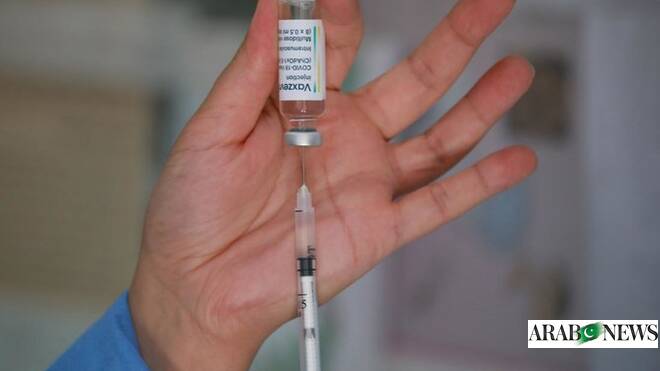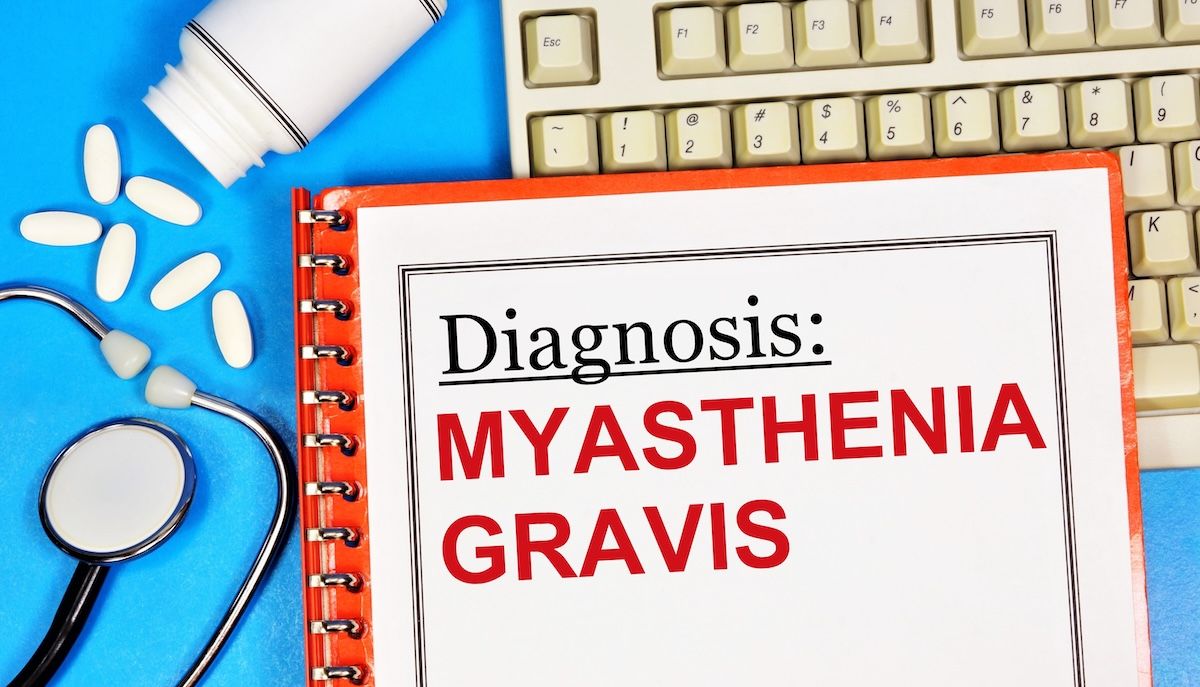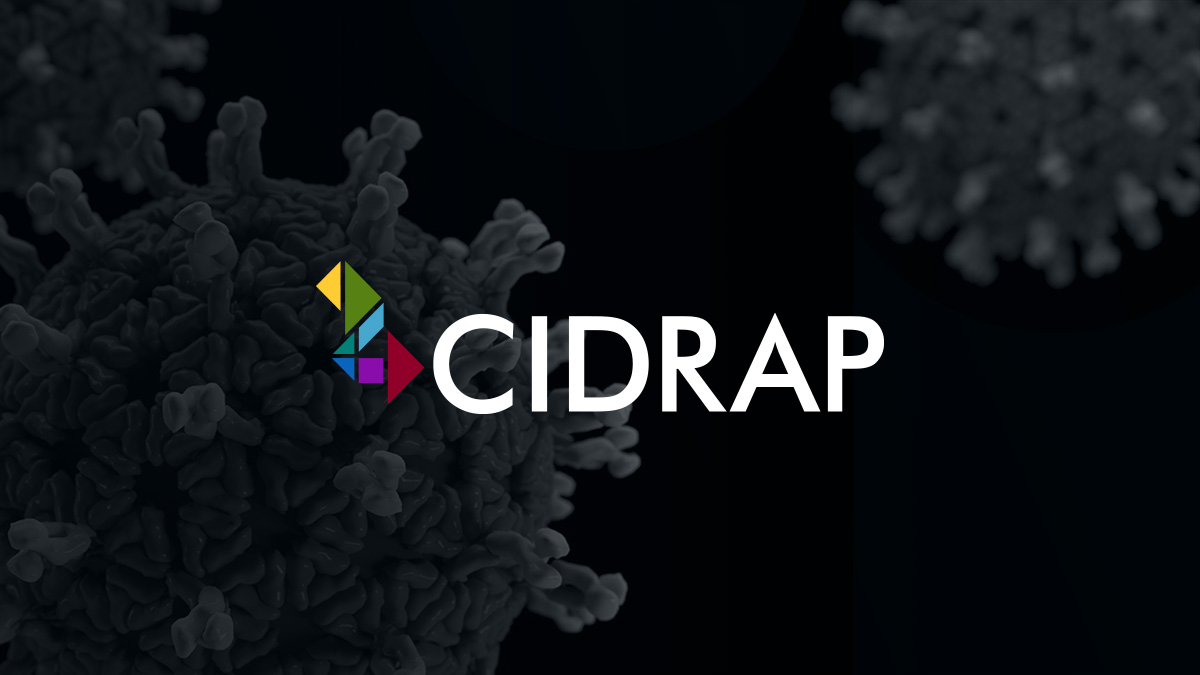Climate Change Linked to Earlier Fungal Spore Seasons
FUNGAL spore seasons across the United States have shifted significantly earlier over the past two decades, according to new research analyzing long-term airborne spore data. The findings…

FUNGAL spore seasons across the United States have shifted significantly earlier over the past two decades, according to new research analyzing long-term airborne spore data. The findings…

Heart-related health problems might affect as many as 1 in 7 pregnancies, even among women without any prior heart disease, a new study says.
Researchers found a steady increase in heart-related health problems among more than 56,000…


“A little bit of sugar is like sunshine,” says Carolyn O’Neil, a registered dietitian- nutritionist. We all need it, but not too much.
Naturally occurring sugars in fruits, vegetables, dairy…
A large-scale international study has found that women possess twice as many genetic variants associated with major depression as men, offering new insight into long-observed differences in how the disorder affects each sex.
Published in Nature…

A head-to-head comparison of three commercially available AI tools for detecting fractures on x-rays has revealed the good and the bad in each model, researchers have reported.
While all three models showed moderate to high performance for…

Children who have poor glycemic control could face higher risks of developing neuropathy in adulthood, which is often caused by diabetes, according to research conducted by investigators from the University of Michigan. The study authors, who…

First-line efgartigimod could soon be more than a hypothetical therapeutic option for patients with acetylcholine receptor antibody-positive
